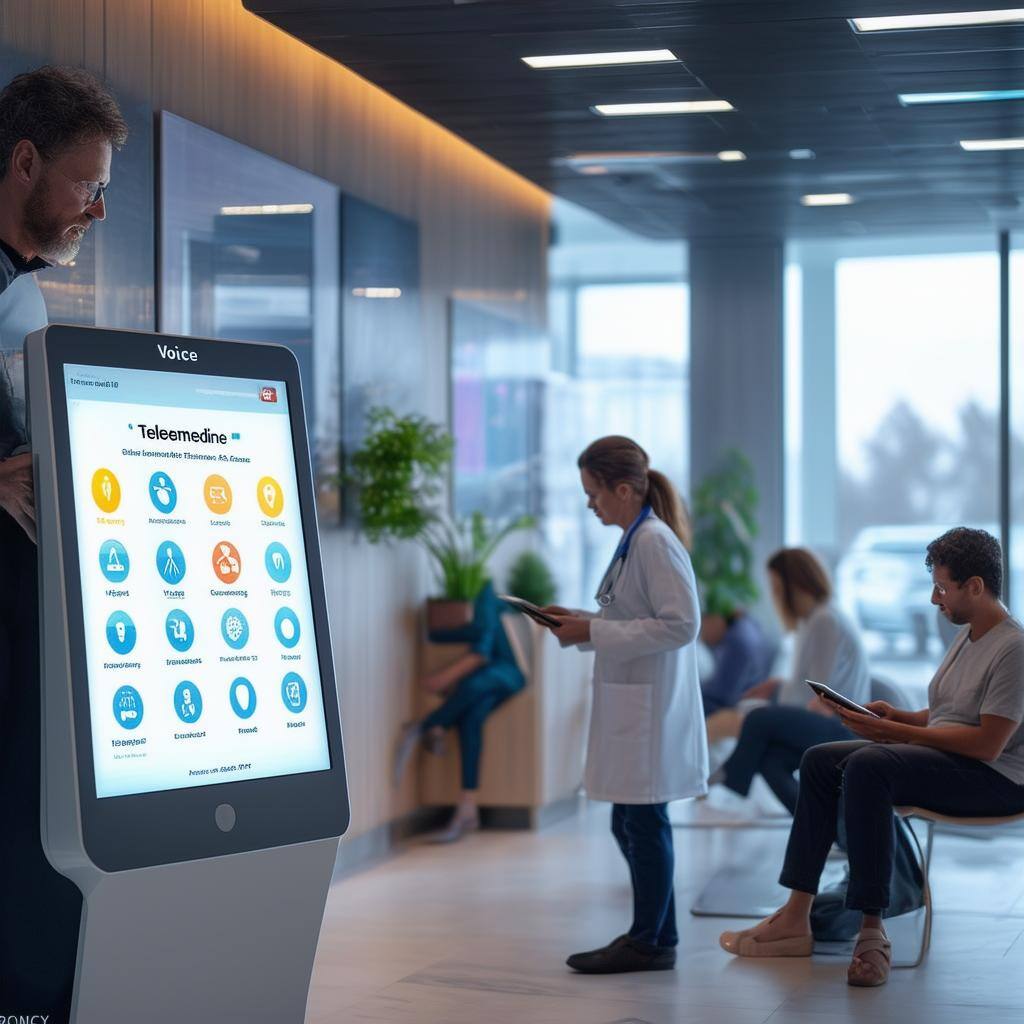
Design Thinking in Canadian Healthcare: Creating Patient-Centric Experiences
In Canada’s publicly funded healthcare system, the focus on delivering patient-centric experiences is vital for ensuring accessible, equitable, and high-quality care. Design thinking, a human-centered approach to problem-solving, has become a transformative tool for healthcare organizations to address patient needs, preferences, and challenges. By placing patients at the core of the design process, Canadian healthcare providers can enhance care delivery and adapt to the unique demands of a diverse population. This article explores the role of design thinking in Canada’s healthcare landscape and its impact on patient experiences.
The Role of Design Thinking in Canadian Healthcare
Design thinking fosters a culture of empathy and innovation, enabling healthcare professionals to view patients as active partners in their care journey. By understanding the lived experiences of patients, healthcare providers can design solutions that improve outcomes and accessibility. For Canada, where healthcare is often shaped by regional variations and cultural diversity, a design thinking approach is crucial for tailoring solutions to meet the unique needs of individuals and communities.
The Design Thinking Process in Healthcare
Design thinking is a systematic and iterative approach consisting of five key stages: empathize, define, ideate, prototype, and test. Here’s how these stages contribute to patient-centered care in the Canadian context:
Empathize
This stage involves understanding patients' perspectives through interviews, observations, and surveys. For Canadian healthcare providers, this could mean engaging with patients across urban, rural, and Indigenous communities to capture diverse viewpoints. Leveraging tools like Genie-AI-Now, a conversational AI platform, healthcare providers can scale their efforts to gather comprehensive and actionable feedback from large and varied patient populations. This ensures that insights are representative and inclusive.
Define
In the define stage, insights are distilled to identify core challenges from a patient’s perspective. For example, analyzing input from Genie-AI-Now’s voice AI system can help healthcare teams identify barriers such as long wait times, difficulty accessing specialists, or language barriers. Clear problem definition ensures that subsequent solutions are truly patient-centered.
Ideate
During this stage, Canadian healthcare teams brainstorm innovative ideas to address defined challenges. Collaboration among stakeholders, including policymakers, healthcare professionals, and patients, is essential. Creative solutions could include telehealth services for remote communities or mobile clinics tailored to underserved populations.
Prototype
In the prototype stage, ideas are transformed into tangible solutions such as apps, workflows, or service models. For example, creating a prototype for a voice-enabled appointment scheduling system using Genie-AI-Now allows providers to test its efficiency in improving access and reducing administrative burdens.
Test
Testing involves gathering feedback on prototypes and refining them to better meet patient needs. In Canada, this step could involve pilot programs in diverse settings, such as urban hospitals, remote clinics, or Indigenous health centers, ensuring the solutions are adaptable and effective across varying environments.
Design Thinking–Driven Innovations in Canadian Healthcare
Design thinking has already paved the way for patient-centered innovations in Canadian healthcare, such as:
- Personalized Care Plans: Tailored treatment approaches that respect cultural and individual preferences.
- Intuitive Interfaces: User-friendly designs for medical devices and digital health platforms.
- Improved Communication: Enhanced interactions between patients and providers.
One standout example is the Genie-AI-Now Platform. This conversational AI solution revolutionizes communication in healthcare by enabling natural language interactions between patients and providers. Genie-AI-Now’s voice AI technology facilitates timely, accessible communication, significantly enhancing patient experiences.
Use Case: Scaling Patient Surveys with Genie-AI-Now
Using Genie-AI-Now, Canadian healthcare providers can conduct patient surveys at scale. The platform’s virtual assistant engages patients through personalized voice interactions, gathering valuable insights. This capability is particularly impactful during the Empathize and Define stages, where understanding patient needs and identifying systemic challenges are critical.
For example, in a province with long wait times for specialists, Genie-AI-Now can automate outreach to patients, collect detailed feedback, and identify common pain points. These insights can inform the development of new strategies, such as enhanced triaging systems or expanded telehealth options.
Conclusion
Design thinking is a powerful driver of patient-centered innovation in Canadian healthcare. By embracing this approach, healthcare organizations can empower patients, address unique needs, and enhance the quality of care across the country. Integrating advanced technologies like Genie-AI-Now further strengthens this process, enabling efficient communication and data collection. As Canada’s healthcare system evolves, design thinking and tools like Genie-AI-Now will be instrumental in ensuring that patient-centricity remains at the forefront of care delivery.


